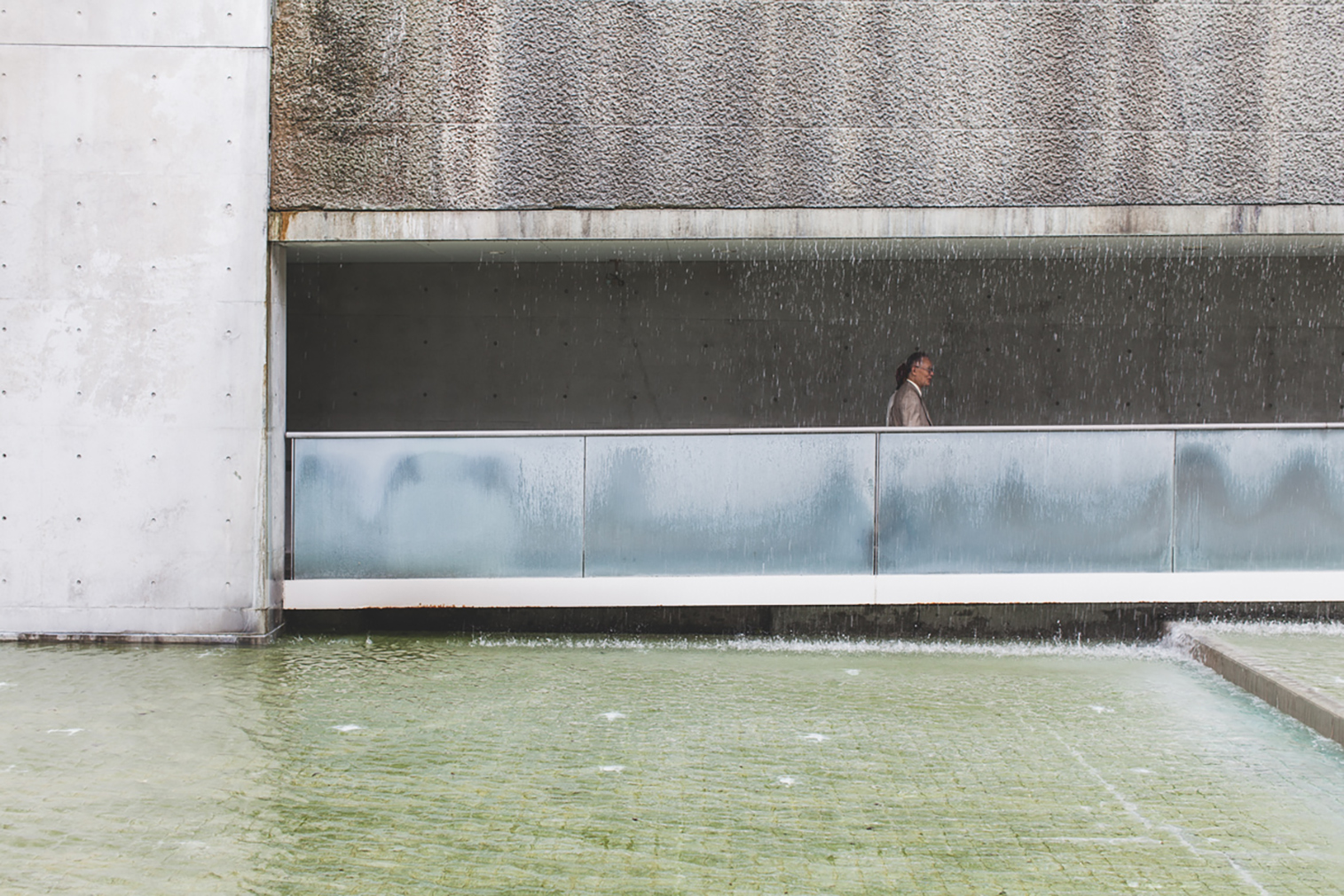Finding your way into the Tadao Ando-designed Sayamaike Museum in Osaka is a journey of discovery. ‘The whole building is a huge maze meant for exploring,’ says photographer Andy Donohoe of the site, which is dedicated to Japan’s history of water engineering.
Visitors to the complex – which sits next to a 1400-year-old man made reservoir and 12th century dam – follow cherry tree-lined paths past walls of rough granite blocks, before arriving at a concrete plaza. Here, enclosed within soaring planes of grey, are cascading waterfalls and pools.

Photography: Andy Donohoe

Photography: Andy Donohoe

Photography: Andy Donohoe

Photography: Andy Donohoe

Photography: Andy Donohoe

Photography: Andy Donohoe

Photography: Andy Donohoe

Photography: Andy Donohoe

Photography: Andy Donohoe

Photography: Andy Donohoe

Photography: Andy Donohoe

Photography: Andy Donohoe
The architect designed the building to be part of the landscape. ‘I decided to integrate the surrounding environment into the architecture, to create a place appropriate to the history that Sayamaike embraces, where the environment itself becomes a museum,’ said Ando of the structure, which opened in 2001.
Ando and Donohoe share a love of raw concrete, which the Sayamaike Museum has in spades.
For the photographer, it’s the softer side of material that appeals. ‘When you’re in the centre of the main space, the walls are so high and perfectly smooth that there’s this really calming, dreamy feeling that falls over the whole place,’ he says.

Donohoe was also drawn by the museum’s scale and the impact this has on visitors. ‘I am very interested in how people interact with and use different spaces,’ he explains. ‘When I shot the museum, there were people wandering around in small groups, all looking in awe at this huge concrete structure in which they were immersed.’
Read next: Tom Ford’s New Mexico ranch designed by Tadao Ando goes on sale for $75 million

















